The Secrets of Ancient Civilizations' Warfare
Warfare has been an integral part of human history, shaping the rise and fall of civilizations throughout the ages. Ancient societies developed unique military strategies, weapons, and tactics that reflected their cultural values and technological advancements. Delving into the secrets of ancient civilizations' warfare unveils a world of intrigue, innovation, and relentless conflict.
Ancient Egyptian warfare stands out for its military organization and the prowess of pharaohs who led their armies into battle as warrior-kings. The use of advanced weaponry like chariots and composite bows showcased the Egyptians' strategic thinking and battlefield superiority.
On the battlefields of ancient Greece, the phalanx formation reigned supreme, particularly among city-states like Sparta and Athens. This formation emphasized unity and discipline, with soldiers forming a shield wall to protect each other and advance as a cohesive unit.
The Roman legionary system, known for its disciplined soldiers and engineering ingenuity, played a pivotal role in Rome's military conquests. Tactics such as the testudo formation, where soldiers formed a tortoise-like shield wall, exemplified the Romans' adaptability and tactical acumen.
Chinese military strategies, as outlined in Sun Tzu's The Art of War, focused on deception, intelligence gathering, and psychological warfare to outmaneuver opponents. The art of war in ancient China emphasized the importance of strategic thinking and adaptability in the face of adversity.
The Mayan civilization's warfare practices were characterized by the use of obsidian weapons, intricate jungle warfare tactics, and a deep-rooted connection between warfare, society, and religion. Warfare was not just a means of conquest for the Maya but also a reflection of their cultural beliefs and values.
Viking raiding tactics were notorious for their ferocity and effectiveness, with surprise attacks and naval warfare skills striking fear into their enemies. The Vikings' cultural emphasis on honor and glory in battle shaped their reputation as formidable warriors across the seas.
Medieval siege warfare involved complex strategies and formidable weapons like trebuchets and battering rams to breach fortified defenses. The art of siege warfare required patience, meticulous planning, and innovative tactics to overcome well-defended castles and cities.
Native American tribal warfare encompassed a diverse range of tactics and rituals among different indigenous societies. From guerrilla warfare tactics to ceremonial aspects of conflict, Native American warfare reflected the complex interplay between culture, tradition, and the impact of European colonization.

Ancient Egyptian Warfare
Ancient Egyptian warfare was a complex and strategic affair, deeply intertwined with the society and culture of this ancient civilization. The military organization of Egypt was highly structured, with the pharaoh at the helm as both a political and military leader. The pharaohs were revered as warrior-kings, leading their armies into battle and symbolizing the divine authority behind Egypt's military campaigns.
One of the most iconic weapons used by the ancient Egyptians was the chariot, a symbol of power and mobility on the battlefield. These horse-drawn chariots, often equipped with archers or spearmen, provided the Egyptian army with speed and agility, allowing them to outmaneuver their enemies in combat.
Another crucial weapon in the Egyptian arsenal was the composite bow, a technologically advanced weapon for its time. The composite bow was made from layers of different materials, such as wood, horn, and sinew, creating a powerful and accurate weapon that could strike at a distance with deadly precision.
Moreover, the ancient Egyptians were skilled in the art of siege warfare, using tactics like scaling ladders, siege towers, and battering rams to conquer fortified enemy positions. The construction of fortifications and defensive structures was also a key aspect of Egyptian military strategy, ensuring the security of their borders and cities.
Furthermore, the Egyptian military employed a range of infantry units, including spearmen, archers, and infantry equipped with swords and shields. These soldiers were well-trained and disciplined, capable of fighting in various formations to adapt to different battlefield scenarios.
In addition to conventional warfare, the ancient Egyptians also utilized naval forces to control the Nile River and engage in maritime conflicts. The Egyptian navy consisted of warships equipped with archers and marines, allowing them to project their power beyond the land and secure their maritime trade routes.
Overall, ancient Egyptian warfare was a sophisticated and multifaceted endeavor, blending military prowess with cultural and religious significance. The military achievements of the ancient Egyptians continue to captivate historians and enthusiasts alike, shedding light on the complexities of warfare in antiquity.

Greek Phalanx Formation
Exploring the military strategies, weapons, and tactics employed by ancient civilizations throughout history sheds light on the fascinating and often mysterious aspects of warfare in antiquity.
The Greek phalanx formation stands as a testament to the unity and discipline of city-states like Sparta and Athens. Imagine a wall of shields, each soldier locking into place, creating a formidable barrier against enemy forces. This tactical formation not only showcased the strength of Greek warriors but also highlighted the importance of coordination and cooperation in battle.
Within the phalanx, soldiers stood shoulder to shoulder, their shields overlapping to form an impenetrable shield wall. This strategy not only provided protection but also allowed for a cohesive advance or defense, moving as one entity on the battlefield. The sheer sight of a phalanx approaching struck fear into the hearts of opposing forces, knowing the unwavering resolve and discipline of the Greek soldiers they faced.
Moreover, the phalanx was not just about physical strength but also about mental fortitude. It required soldiers to trust their comrades, knowing that any gap in the shield wall could spell disaster for the entire formation. The unity within the phalanx symbolized the collective spirit of the Greek city-states, where individuals set aside personal glory for the greater good of their community.
As the phalanx moved as a single, cohesive unit, it exemplified the power of teamwork and coordination in achieving military success. The shield wall tactics employed by the Greeks showcased their strategic prowess, turning the tide of battles through sheer discipline and unity on the battlefield.
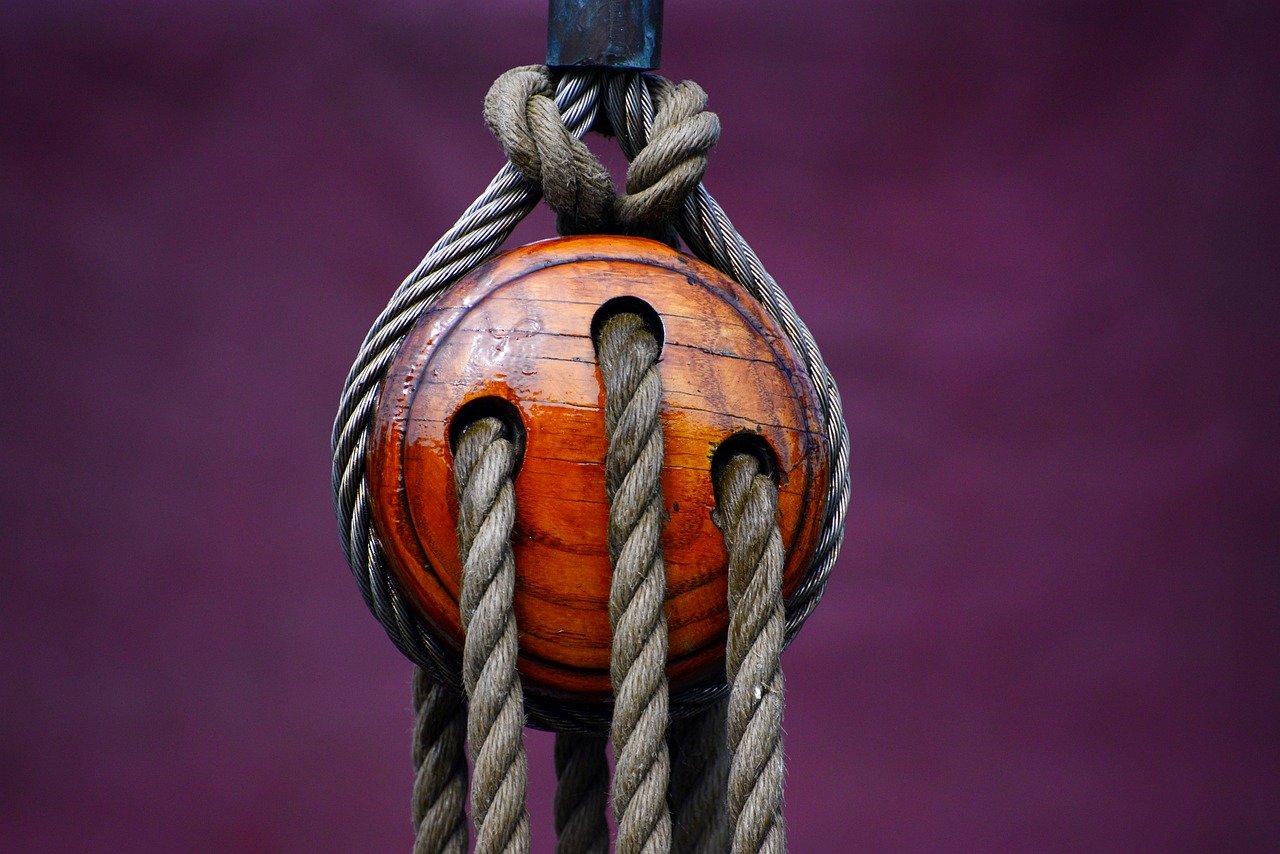
Roman Legionary System
The Roman legionary system was a cornerstone of the Roman military machine, known for its disciplined soldiers and innovative tactics. At the heart of the system were the legions, organized units consisting of around 5,000 heavily armed infantry soldiers called legionaries. These soldiers were meticulously trained and equipped, forming the backbone of Rome's formidable military power.
One of the key strengths of the Roman legions was their versatility in combat. They could adapt to various battlefield situations, employing tactics such as the famous testudo formation. This formation involved soldiers interlocking their shields to create a protective shell, allowing them to advance safely under missile fire or breach enemy defenses.
Furthermore, the Roman military engineering prowess played a crucial role in their success. They were skilled in constructing fortifications, roads, and bridges, enabling swift movement of troops and supplies across the vast Roman Empire. This engineering capability gave Roman legions a significant strategic advantage over their adversaries.
In addition to their combat skills, Roman legionaries were known for their discipline and loyalty to their commanders. The strict hierarchy and chain of command within the legions ensured effective coordination on the battlefield, allowing Roman generals to execute complex maneuvers with precision.
Overall, the Roman legionary system exemplified military excellence through its well-trained soldiers, adaptable tactics, and logistical superiority. It was a key factor in Rome's ability to conquer and maintain control over vast territories, shaping the course of ancient history.

Chinese Art of War
Exploring the military strategies, weapons, and tactics employed by ancient civilizations throughout history, shedding light on the fascinating and often mysterious aspects of warfare in antiquity.
Insights into the military organization, weaponry like the chariot and composite bow, and the importance of pharaohs as warrior-kings in ancient Egypt's military campaigns.
Discussion on the Greek phalanx formation, a key military tactic used by city-states like Sparta and Athens, emphasizing unity, discipline, and shield wall tactics in battle.
Exploration of the Roman legionary system, including the structure of legions, tactics such as the testudo formation, and the engineering prowess that contributed to Rome's military success.
An overview of ancient Chinese military strategies outlined in Sun Tzu's The Art of War, focusing on deception, intelligence, and the importance of psychological warfare in conflicts.
Insights into the military practices of the ancient Maya civilization, including the use of obsidian weapons, jungle warfare tactics, and the role of warfare in Mayan society and religion.
Exploration of the Viking raiding tactics, such as surprise attacks, naval warfare skills, and the cultural aspects that influenced their ferocious reputation as skilled warriors.
Discussion on the strategies and weapons used in medieval siege warfare, including trebuchets, battering rams, and the intricate tactics employed to breach fortifications and conquer castles.
Insights into the diverse tribal warfare practices of Native American societies, including guerrilla tactics, ritualistic aspects of warfare, and the impact of European colonization on indigenous military strategies.

The Art of War,
Exploring the military strategies, weapons, and tactics employed by ancient civilizations throughout history, shedding light on the fascinating and often mysterious aspects of warfare in antiquity.
Insights into the military organization, weaponry like the chariot and composite bow, and the importance of pharaohs as warrior-kings in ancient Egypt's military campaigns.
Discussion on the Greek phalanx formation, a key military tactic used by city-states like Sparta and Athens, emphasizing unity, discipline, and shield wall tactics in battle.
Exploration of the Roman legionary system, including the structure of legions, tactics such as the testudo formation, and the engineering prowess that contributed to Rome's military success.
An overview of ancient Chinese military strategies outlined in Sun Tzu's The Art of War, focusing on deception, intelligence, and the importance of psychological warfare in conflicts.
Insights into the military practices of the ancient Maya civilization, including the use of obsidian weapons, jungle warfare tactics, and the role of warfare in Mayan society and religion.
Exploration of the Viking raiding tactics, such as surprise attacks, naval warfare skills, and the cultural aspects that influenced their ferocious reputation as skilled warriors.
Discussion on the strategies and weapons used in medieval siege warfare, including trebuchets, battering rams, and the intricate tactics employed to breach fortifications and conquer castles.
Insights into the diverse tribal warfare practices of Native American societies, including guerrilla tactics, ritualistic aspects of warfare, and the impact of European colonization on indigenous military strategies.
The Art of War, written by the ancient Chinese military strategist Sun Tzu, is a timeless masterpiece that delves into the intricacies of warfare. Emphasizing the importance of strategy, deception, and understanding the enemy, this ancient text continues to influence military tactics and business strategies to this day. Sun Tzu's emphasis on preparation, adaptability, and the psychological aspects of warfare has made The Art of War a staple in military education and strategic planning.

focusing on deception, intelligence, and the importance of psychological warfare in conflicts.
When delving into the ancient Chinese military strategies outlined in Sun Tzu's The Art of War, one cannot overlook the profound emphasis on deception, intelligence, and the importance of psychological warfare in conflicts. Sun Tzu's teachings highlight the significance of outwitting the enemy through strategic deception, utilizing intelligence to gather crucial information, and leveraging psychological tactics to manipulate the opponent's mindset. The art of war in ancient China was not merely about brute force but rather a sophisticated interplay of mind games and strategic maneuvers aimed at achieving victory through mental superiority.
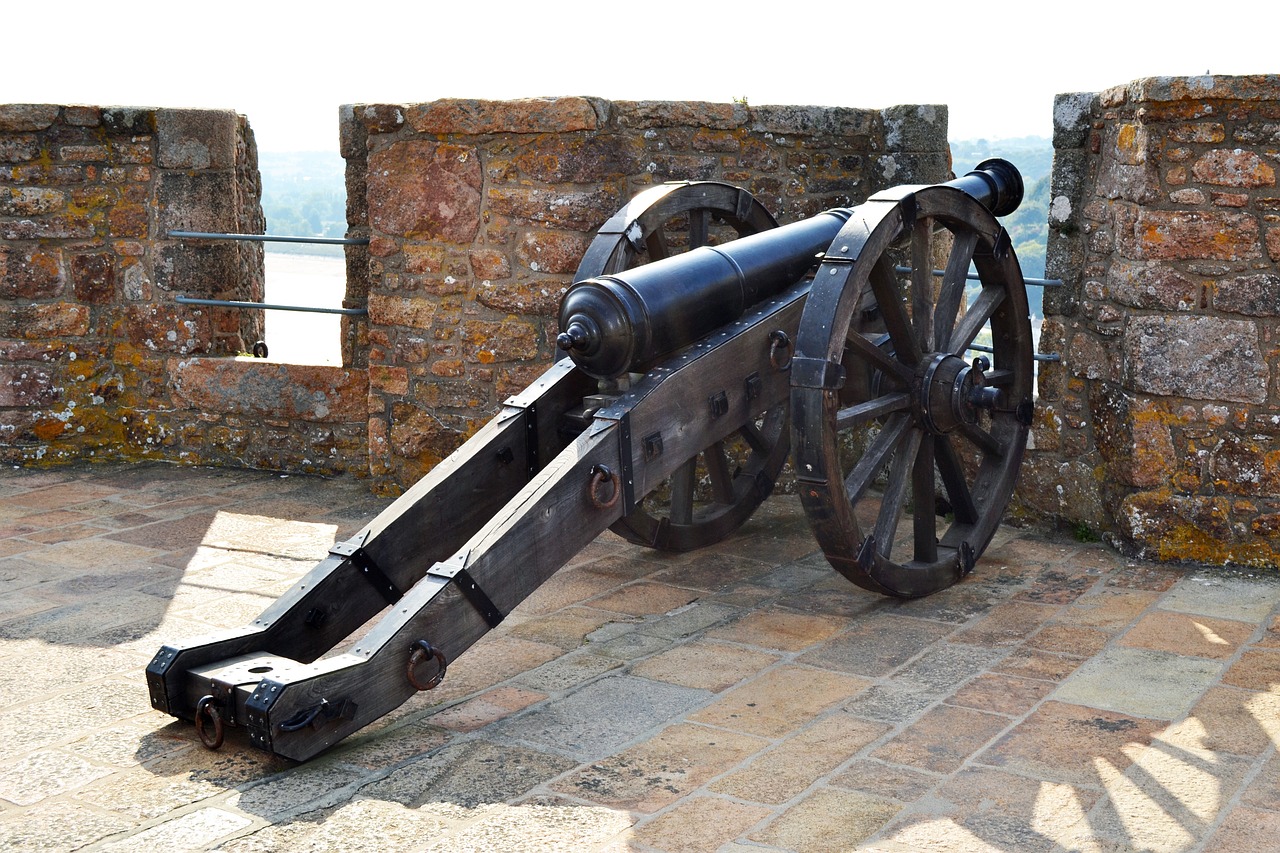
Mayan Warfare Practices
The Mayan civilization was known for its unique warfare practices that reflected their complex society and religious beliefs. Warfare played a significant role in Mayan culture, with battles often serving as rituals to honor gods and ensure the prosperity of their civilization. The Mayans utilized a variety of weapons in combat, including obsidian blades that were razor-sharp and deadly in close combat. These weapons were crafted with precision and skill, showcasing the Mayans' expertise in warfare technology.
In addition to their weaponry, the Mayans employed sophisticated jungle warfare tactics that allowed them to navigate dense rainforests with ease and surprise their enemies. Ambushes and hit-and-run tactics were common strategies used by the Mayans, leveraging their knowledge of the terrain to outmaneuver larger, more powerful opponents. This guerrilla-style warfare was effective in disrupting enemy forces and maintaining the element of surprise.
Furthermore, warfare in Mayan society was not just about conquest but also about capturing prisoners for religious sacrifices. Ritualistic aspects of warfare were deeply ingrained in Mayan culture, with captives often being offered to the gods as part of elaborate ceremonies to ensure divine favor and prosperity. This practice highlights the spiritual significance of warfare for the Mayans, intertwining religion with military endeavors.
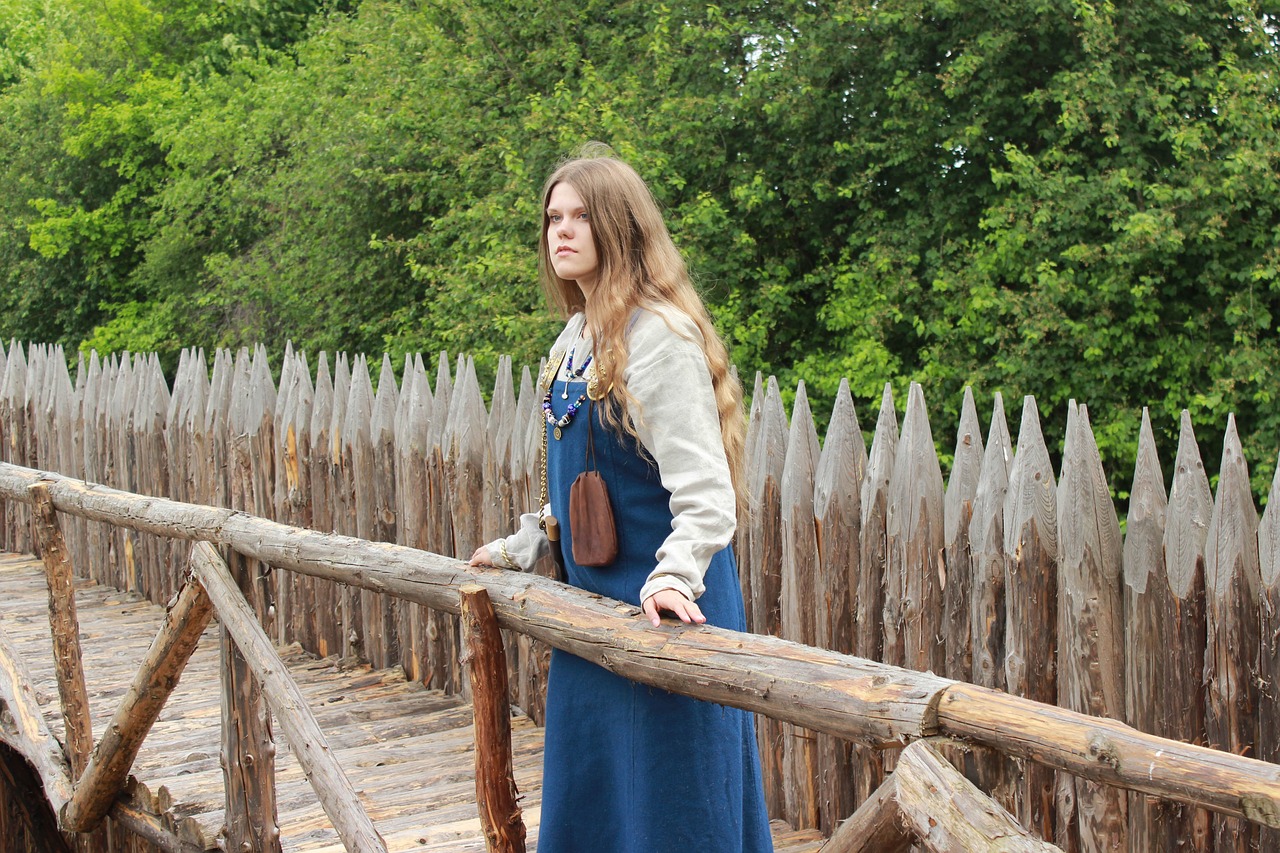
Viking Raiding Tactics
Exploring the military strategies, weapons, and tactics employed by ancient civilizations throughout history sheds light on the fascinating and often mysterious aspects of warfare in antiquity.
Insights into the military organization, weaponry like the chariot and composite bow, and the importance of pharaohs as warrior-kings in ancient Egypt's military campaigns.
Discussion on the Greek phalanx formation, a key military tactic used by city-states like Sparta and Athens, emphasizing unity, discipline, and shield wall tactics in battle.
Exploration of the Roman legionary system, including the structure of legions, tactics such as the testudo formation, and the engineering prowess that contributed to Rome's military success.
An overview of ancient Chinese military strategies outlined in Sun Tzu's The Art of War, focusing on deception, intelligence, and the importance of psychological warfare in conflicts.
Insights into the military practices of the ancient Maya civilization, including the use of obsidian weapons, jungle warfare tactics, and the role of warfare in Mayan society and religion.
Exploration of the Viking raiding tactics reveals their ferocious reputation as skilled warriors. The Vikings were known for their surprise attacks, swift naval warfare skills, and the cultural aspects that influenced their raiding strategies. Their mastery of sailing allowed them to strike unexpectedly, causing chaos and fear among their enemies. Additionally, the Vikings' knowledge of navigation and seamanship gave them an edge in coastal raids, enabling them to swiftly retreat after plundering coastal settlements. These raiding tactics not only showcased their military prowess but also contributed to their widespread influence and dominance in the medieval era.
Discussion on the strategies and weapons used in medieval siege warfare, including trebuchets, battering rams, and the intricate tactics employed to breach fortifications and conquer castles.
Insights into the diverse tribal warfare practices of Native American societies, including guerrilla tactics, ritualistic aspects of warfare, and the impact of European colonization on indigenous military strategies.
Q: Were the Vikings only known for their raiding tactics?
A: While raiding was a significant aspect of Viking culture, they were also skilled traders, explorers, and settlers, contributing to their widespread influence in history.
Q: How did ancient civilizations communicate during warfare?
A: Ancient civilizations used various methods of communication, such as signal fires, drums, horns, and messenger systems, to coordinate military movements and strategies.
Q: Were there female warriors in ancient civilizations?
A: Yes, some ancient civilizations, like the Scythians and the Celtic tribes, had female warriors who played active roles in warfare and society.
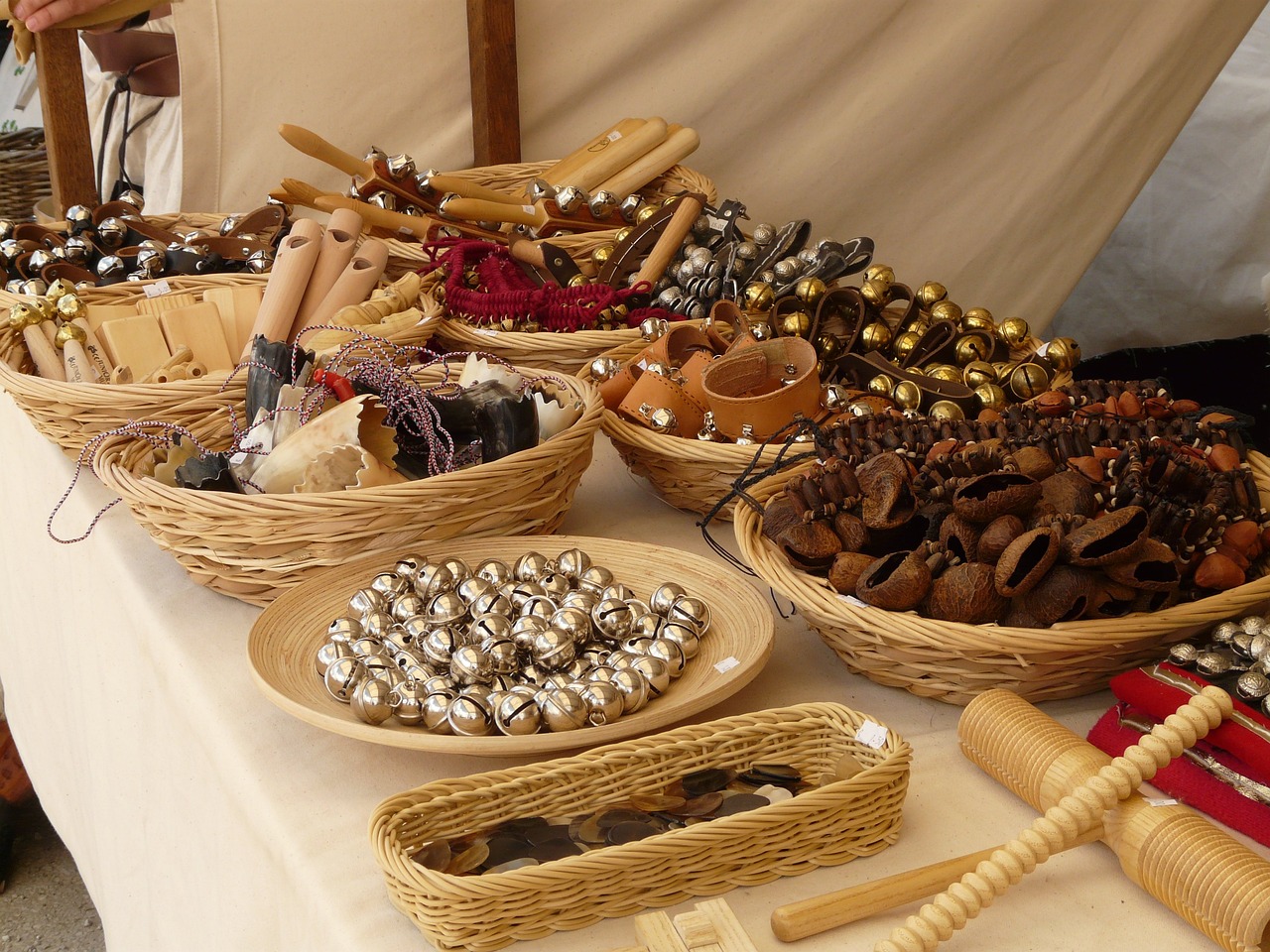
Medieval Siege Warfare
Medieval siege warfare was a brutal and strategic method employed to conquer fortified cities and castles during the Middle Ages. The tactics and weapons used in siege warfare were crucial in breaching the defenses of well-protected strongholds. One of the most iconic siege weapons of the medieval era was the trebuchet, a massive catapult capable of hurling projectiles with incredible force and accuracy. The trebuchet played a significant role in breaking down walls and creating breaches in fortifications, allowing invading forces to launch direct assaults on the defenders.
Another essential aspect of medieval siege warfare was the use of battering rams, massive wooden structures equipped with metal heads used to pound against gates and walls, aiming to weaken and eventually break through the defenses. The deployment of siege towers, tall mobile structures with ladders and platforms, provided a means for attackers to reach the height of walls and engage in close combat with defenders. These towers were often covered in protective materials like wet hides to shield the attackers from projectiles and fire.
Moreover, medieval siege warfare involved intricate tactics such as mining, where attackers would dig tunnels underneath fortifications to weaken foundations or create passages for surprise attacks. Counter-mining, a defensive strategy used by the besieged, involved digging tunnels to intercept and thwart enemy mining efforts. The psychological aspect of siege warfare was also crucial, as prolonged sieges could lead to starvation, disease, and demoralization among defenders, often forcing them to surrender.
Additionally, the use of siege engines like ballistae and mangonels, capable of launching projectiles over long distances with precision, added another layer of complexity to medieval siege warfare. These engines were used to harass defenders, destroy buildings within the stronghold, and create chaos among the enemy ranks. The strategic placement of siege camps, where attackers would establish temporary bases for supplies, rest, and coordination of assaults, was vital for the success of a siege campaign.
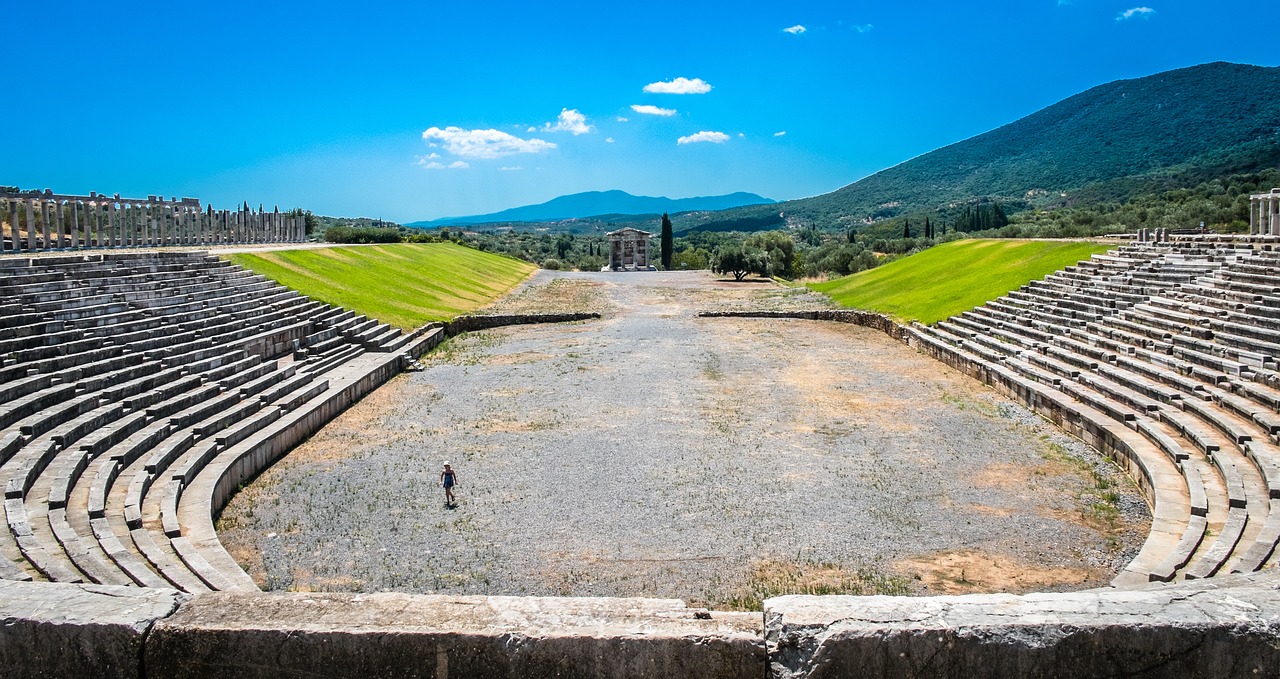
Native American Tribal Warfare
Exploring the military strategies, weapons, and tactics employed by ancient civilizations throughout history, shedding light on the fascinating and often mysterious aspects of warfare in antiquity.
Insights into the military organization, weaponry like the chariot and composite bow, and the importance of pharaohs as warrior-kings in ancient Egypt's military campaigns.
Discussion on the Greek phalanx formation, a key military tactic used by city-states like Sparta and Athens, emphasizing unity, discipline, and shield wall tactics in battle.
Exploration of the Roman legionary system, including the structure of legions, tactics such as the testudo formation, and the engineering prowess that contributed to Rome's military success.
An overview of ancient Chinese military strategies outlined in Sun Tzu's The Art of War, focusing on deception, intelligence, and the importance of psychological warfare in conflicts.
Insights into the military practices of the ancient Maya civilization, including the use of obsidian weapons, jungle warfare tactics, and the role of warfare in Mayan society and religion.
Exploration of the Viking raiding tactics, such as surprise attacks, naval warfare skills, and the cultural aspects that influenced their ferocious reputation as skilled warriors.
Discussion on the strategies and weapons used in medieval siege warfare, including trebuchets, battering rams, and the intricate tactics employed to breach fortifications and conquer castles.
Native American tribal warfare was characterized by diverse practices among different tribes. While some tribes engaged in guerrilla tactics, ambushing their enemies with stealth and surprise, others favored direct confrontations. Warfare often had ritualistic elements, with ceremonies and dances performed before battles to invoke spiritual protection and guidance. The impact of European colonization drastically altered traditional tribal warfare, introducing new weapons, tactics, and alliances that reshaped indigenous military strategies.
Frequently Asked Questions
- What were some common weapons used in ancient Egyptian warfare?
Ancient Egyptians utilized weapons such as the chariot, composite bow, and various types of spears and swords in their military campaigns.
- How did the Greek phalanx formation contribute to the success of city-states like Sparta and Athens?
The Greek phalanx formation promoted unity, discipline, and shield wall tactics, allowing city-states to maintain a strong defensive position and overpower their enemies in battle.
- What made the Roman legionary system unique in ancient warfare?
The Roman legionary system's structured organization, use of tactics like the testudo formation, and engineering skills set them apart, enabling Rome to achieve military dominance.
- What principles of warfare are highlighted in Sun Tzu's 'The Art of War'?
Sun Tzu's 'The Art of War' emphasizes strategies based on deception, intelligence gathering, and psychological warfare to outmaneuver opponents and achieve victory on the battlefield.
- How did Viking raiding tactics differ from other ancient civilizations' warfare practices?
Viking raiding tactics focused on surprise attacks, naval warfare skills, and cultural influences, showcasing their reputation as fierce and skilled warriors in medieval Europe.
- What were some key weapons used in medieval siege warfare?
Medieval siege warfare employed weapons like trebuchets, battering rams, and siege towers to breach fortifications and conquer enemy strongholds through strategic and calculated assaults.
- How did European colonization impact Native American tribal warfare practices?
European colonization significantly altered Native American tribal warfare, introducing new weapons, tactics, and strategies that reshaped traditional conflict methods and led to the decline of indigenous military power.



















